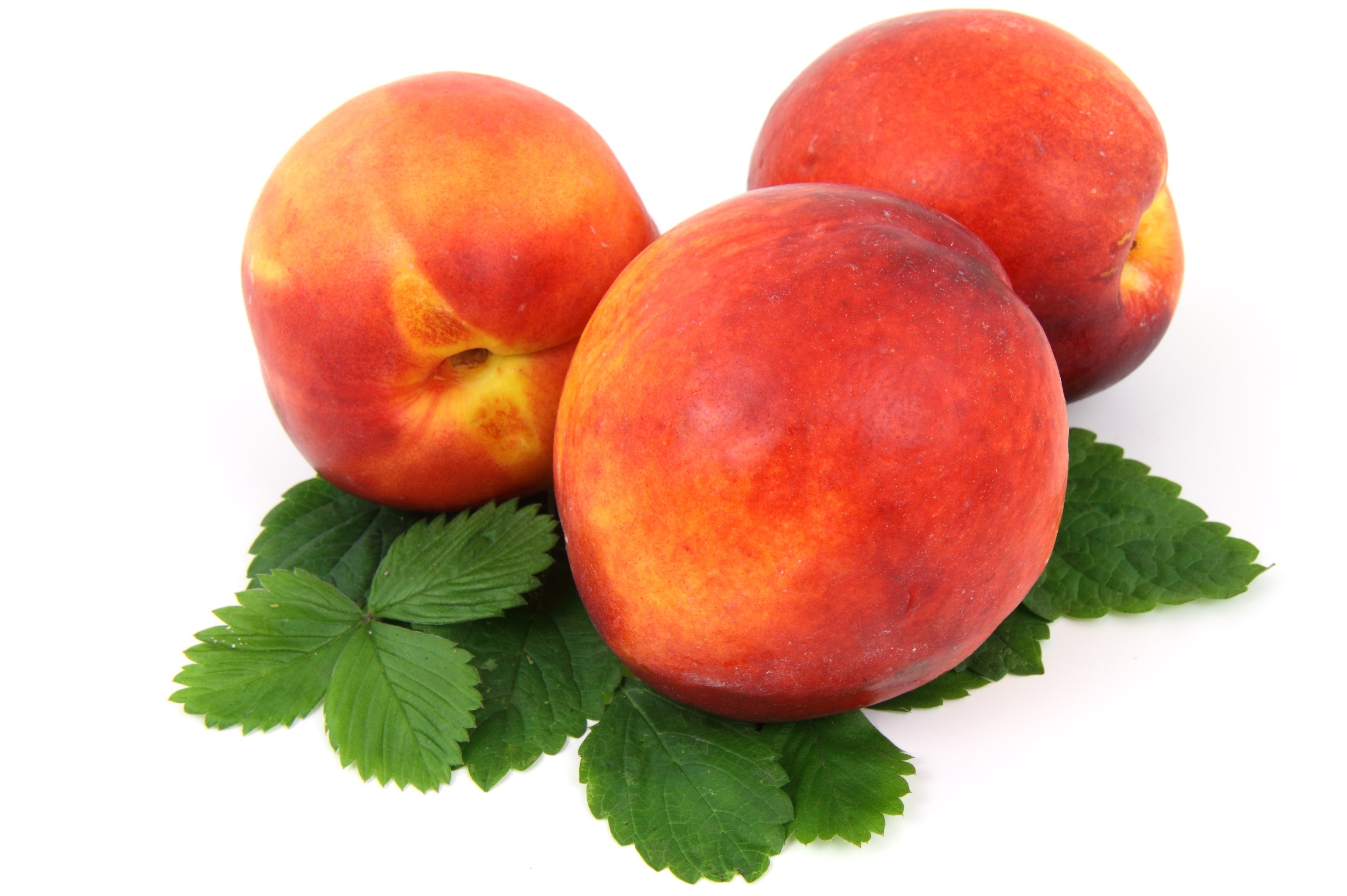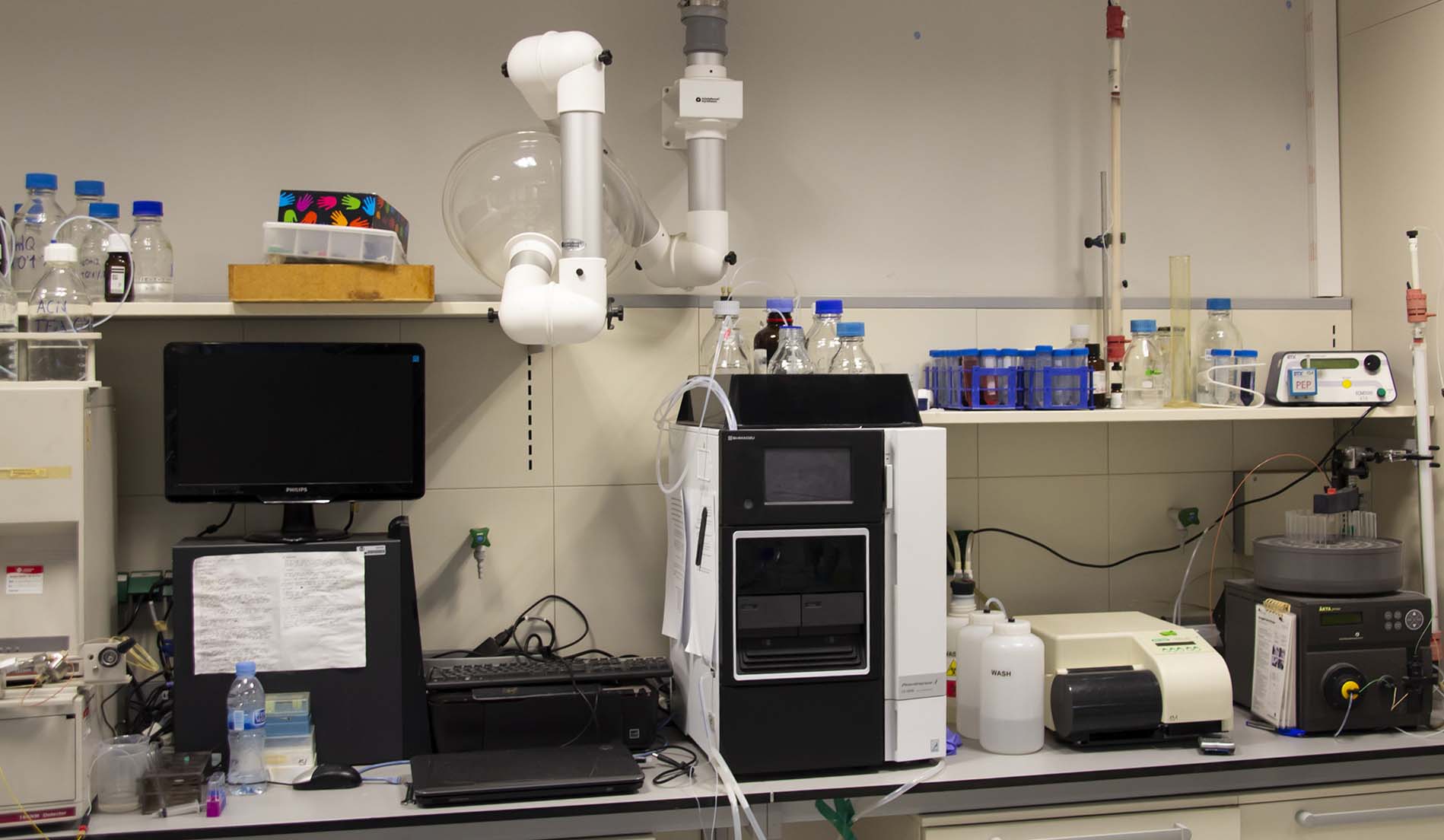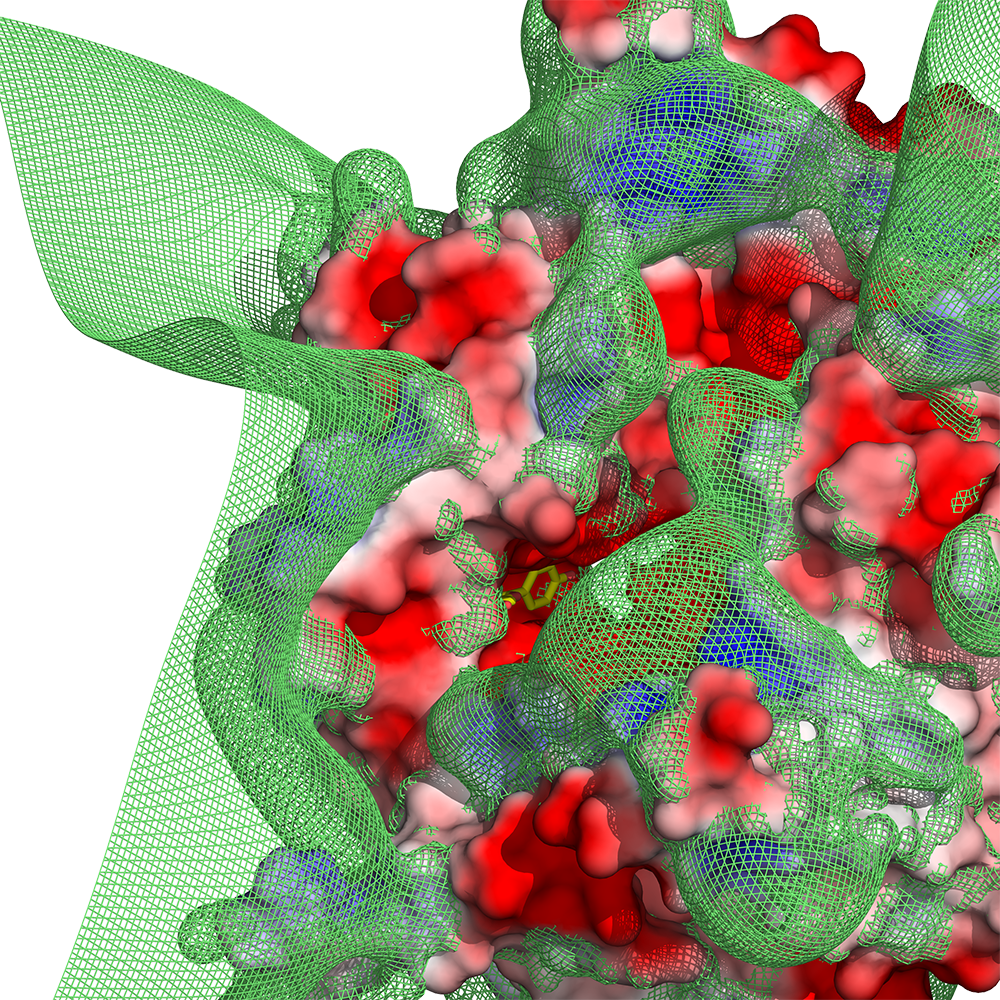20 years helping improve diagnosis and treatment of allergy
Integrated in the Spanish Allergy Health Network (RETICS-Programme
Carlos III Institute), our group has been studying the molecular basis
of plant allergy for over 20 years, characterizing allergens, and
improving their diagnosis and treatment.
Our research activity has been following in recent years two different
but complementary working strategies.
- We use techniques and methods from Biochemistry, Molecular
Biology, and Immunology to identify and characterize
in vitro and in vivo the molecular mechanisms
underlying the allergic response.
- We also resort to computational methods to study in silico
the physicochemical and structural properties of allergens. Docking
analyses, electrostatic potentials and molecular mechanics
calculations, as well as molecular dynamics simulations are
employed to investigate modes of protein-ligand binding, protein-protein
interactions, and oligomerization states of allergens.
This dual approach has been applied to deepen our knowledge on the
molecular basis of allergenicity using two model, prototypical
allergens: Pru p 3, the major allergen from peach, and
Alt a 1, the principal allergen of Alternaria fungi
associated to chronic asthma and other respiratory conditions.
These two proteins thus represent models for food allergens
and for aeroallergens, respectively
.
In the search for common denominators for allergenicity, one of the
most relevant results of our group has been the discovery of the key
role played by the presence of ligands carried by allergen proteins
in the sensitization phase of allergic disease.





